Formula 1®
Formula 1 in 2018: New rules, drivers and tracks
Key Takeaways
- The calendar for 2018 matches the record number of race weekends staged in 2016, namely 21
- The halo bracket is mandatory for all teams and is intended to protect the driver’s head
- DHL remains Official Logistics Partner of Formula 1
With a new year come new rules. Hardly any other sport goes in for quite as many changes to its regulations as Formula 1. The 2018 season will be no exception, as the rule book is amended once again. There has been a gradual accumulation of minor sporting and technical details that required updating. In the area of logistics, however, continuity prevails: DHL will carry on in its role as Official Logistics Partner, delivering Formula 1 to Grand Prix venues around the world in 2018. We summarize all the innovations for the new season here.
The technical regulations
Halo cockpit protector: The halo bracket is mandatory for all teams as of 2018 and is intended to protect the driver’s head in the event of an accident. The component itself can be sourced from various approved manufacturers but has standardized dimensions. The teams are permitted to attach only small aero elements in a radius of 20 millimeters to compensate for the aerodynamic loss arising from the bracket.
Escape time for the drivers has been adjusted accordingly, with seven seconds instead of the previous five being allowed for the driver to exit the cockpit. The time limit for getting out of the car and replacing the steering wheel has been extended from ten to twelve seconds.

Minimum weight: The introduction of the halo has necessarily increased the minimum weight. Not only the titanium bracket weighs more (approximately seven kilos) but also the associated adjustments to the monocoque. The survival cell has had to be reinforced to take the weight of the halo. The net result is that the minimum weight of car and driver rises from 728 to 733 kilos. Never before have Formula 1 cars weighed so much.
Aerodynamics: After the revolutionary changes of 2017, those approved for 2018 are more a matter of detail. The T-wings, which entered Formula 1 last season, are now banned for aesthetic reasons. The same applies to shark fins, also referred to as airbox sails. They made a brief comeback in 2017 and are now likewise excluded on visual grounds.
The so-called ‘monkey seat’ is no longer permissible for other reasons: there was a suspicion that the small wing on the rear crash structure around the exhaust pipes was being abused by some of the teams. Although the exhaust gases are not specifically directed towards the monkey seat, its flow pattern changes depending on the exhaust gases. In order to prevent engine mappings being optimized with only this in mind, the monkey seat is banned as of 2018.
FORMULA 1: WE COMPARE TIMES OF THE 2017 GENERATION OF CARS WITH THOSE OF 2016
Safety: The work to improve safety in Formula 1 never stops. In addition to the halo, there are some additional optimizations: there must now be triple instead of double wheel mountings, and the locations for these have been specified in greater detail; the wheel nuts must also be better secured against working loose.

Motor oil: After controversy over the past season surrounding oil consumption, this area will be more stringently regulated in 2018. It has been alleged that some manufacturers were deliberately allowing engine oil to enter the combustion chambers, thereby extracting extra performance on top of the strictly controlled fuel allowance.
Although this ruse was already prohibited, it was difficult to detect. Consequently, a catalogue of measures has been introduced to prevent the deliberate combustion of oil for performance purposes. The teams may now use only a single-specification engine oil on race weekends.
Furthermore, the level in the main oil tank will in future be monitored in real time and the data transmitted directly to the FIA. All other oil levels must be reported to the FIA one hour before the start of the race. In addition, the use of active control valves between oil tank and internal combustion engine is prohibited.
The sporting regulations
Tire compounds: Pirelli will be supplying two additional tire compounds for the 2018 season. The range, which previously spanned Ultrasoft, Supersoft, Soft, Medium and Hard, has now been extended at the soft end with the introduction of the Hypersoft which has been primarily designed for use on street circuits. Meanwhile, at the other end of the scale, there is now a Superhard tire which is intended only as a backup if the other compounds prove to be too soft. The rules for tire selection and use remain unchanged.
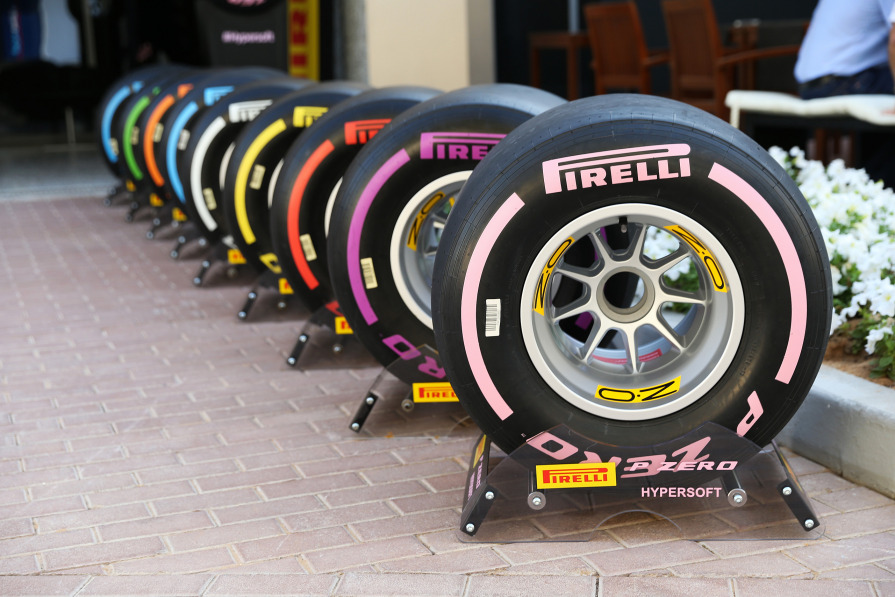
Engine quota: As decided some time ago, the trend towards reduction in the number of permissible power units per season continues in 2018. In 2017, each driver had four full sets of engine components at his disposal. In the forthcoming campaign, there will be only three engines (internal combustion), turbochargers and MGU-Hs. As regards MGU-K, battery and control units, the permissible number is reduced even further to two per season.
Engine penalties: Any contestant using more than the permissible quota of power unit components will be penalized as before. For the first component of a new power unit, there will be a ten-place grid penalty, with each further infringement incurring five more. A new rule stipulates that, if a driver is demoted by more than 15 places in a grand prix race, he must automatically start from the back of the grid. If multiple drivers fall foul of this rule, they will line up at the rear of the field in order of transgression.
Test restrictions: The regulations for 2018 incorporate an additional exception to the test restrictions. In the case of promotional events hosted by the commercial rightsholder, the teams are allowed to use the current car subject to certain conditions. In 2017, Liberty Media hosted an event in central London for the first time in the run-up to the British Grand Prix.

Other restrictions: Certain restrictions will apply at the racetracks during the coming season. Teams will no longer be allowed to check out the tires assigned to them on test benches. In order to keep costs in reasonable check, stricter conditions have been imposed on CFD simulations in the team factories.
Super license: As part of the reorganization of the junior series, the FIA has also made adjustments to the scoring system for the super license. For this purpose, the racing series already in the scheme have been reassessed and other race series have been included in the scoring. At the same time, the requirements for Friday test drivers have also changed. To take part in future test sessions, drivers will need to have 25 super license points or alternatively have made at least six Formula 2 race starts.
The calendar
The calendar for 2018 matches the record number of race weekends staged in 2016, namely 21. After 18 years, the Malaysian GP at Sepang drops off the itinerary to make way for the return of the French Grand Prix, an event with a long pedigree. Formula 1 has been hosted by ‘la grande nation’ on 58 occasions, most recently in 2008 at Magny-Cours, where a total of 18 French GPs have so far been staged. The comeback in 2018 will, however, take place at the Circuit Paul Ricard near Le Castellet, the venue for 14 previous grands prix.
Also back on the calendar after a one-year break is the German Grand Prix, this time hosted by the Hockenheimring. The honor of staging the event was previously shared by the Nürburgring and Hockenheim, but with the track in the Eifel Forest no longer in contention, the top tier of motor racing will now only be contested in Germany on a two-year cycle.
- March 25: FORMULA 1 ROLEX AUSTRALIAN GRAND PRIX in Melbourne
- April 8: FORMULA 1 GULF AIR BAHRAIN GRAND PRIX in Sakhir
- April 15: FORMULA 1 HEINEKEN CHINESE GRAND PRIX in Shanghai
- April 29: 2018 FORMULA 1 AZERBAIJAN GRAND PRIX in Baku
- May 13: FORMULA 1 GRAN PREMIO DE ESPAÑA in Barcelona
- May 27: FORMULA 1 GRAND PRIX DE MONACO in Monte Carlo
- June10: FORMULA 1 GRAND PRIX DU CANADA in Montreal
- June 24: FORMULA 1 GRAND PRIX DE FRANCE in Le Castellet
- July 1: FORMULA 1 GROSSER PREIS VON ÖSTERREICH in Spielberg
- July 8: FORMULA 1 ROLEX BRITISH GRAND PRIX in Silverstone
- July 22: FORMULA 1 GROSSER PREIS VON DEUTSCHLAND in Hockenheim
- July 29: FORMULA 1 MAGYAR NAGYDÍJ in Budapest
- August 26: FORMULA 1 BELGIAN GRAND PRIX in Spa-Francorchamps
- September 2: FORMULA 1 GRAN PREMIO HEINEKEN D’ITALIA in Monza
- September 16: FORMULA 1 SINGAPORE GRAND PRIX in Singapore
- September 30: FORMULA 1 VTB RUSSIAN GRAND PRIX in Sochi
- October 7: FORMULA 1 JAPANESE GRAND PRIX in Suzuka
- October 21: FORMULA 1 UNITED STATES GRAND PRIX in Austin
- October 28: FORMULA 1 GRAN PREMIO DE MÉXICO in Mexico City
- November11: FORMULA 1 GRANDE PRÊMIO DO BRASIL in São Paulo
- November 25: FORMULA 1 ETIHAD AIRWAYS ABU DHABI GRAND PRIX in Yas Marina
Drivers and teams
There is no genuinely new team entering the Formula 1 starting ranks in the 2018 season, but at least there will be a new (albeit well-known) name on the board, as Alfa Romeo returns to the sport. The Italian manufacturer has signed up as the main sponsor to Sauber who will be competing as Alfa Romeo Sauber F1 Team. The outfit will still be based at Hinwil in Switzerland.
Like Ferrari, Alfa belongs to the Fiat Chrysler group. Sauber is therefore effectively a Ferrari satellite or junior team. Reflecting this relationship is the decision to bring in Ferrari Junior Charles Leclerc as a replacement for Pascal Wehrlein, who is currently without a Formula 1 cockpit for 2018. Leclerc was the runaway winner of the 2017 Formula 2 title and will be competing this year as an F1 rookie.
Now that Felipe Massa has finally retired, Williams have recruited Sergey Sirotkin to partner Lance Stroll. The young Russian came out on top in a contest with Robert Kubica for the vacant cockpit.
The driver line-up at Renault and Toro Rosso remains unchanged from the end of last season. Carlos Sainz will be competing alongside Nico Hülkenberg for the Renault works team, while Brendon Hartley and Pierre Gasly stay on at Toro Rosso. The Italian outfit will, however, have a new engine, following their switch from Renault to Honda. After three years devoid of success, McLaren and Honda are going their separate ways. McLaren will be contesting the 2018 season with an engine supplied by Renault.
- Mercedes: Lewis Hamilton / Valtteri Bottas
- Ferrari: Sebastian Vettel / Kimi Räikkönen
- Red Bull Racing: Daniel Ricciardo / Max Verstappen
- Force India: Sergio Perez / Esteban Ocon
- Williams: Lance Stroll / Sergey Sirotkin
- Renault: Nico Hülkenberg / Carlos Sainz
- Toro Rosso: Pierre Gasly / Brendon Hartley
- Haas: Romain Grosjean / Kevin Magnussen
- McLaren: Fernando Alonso / Stoffel Vandoorne
- Sauber: Marcus Ericsson / Charles Leclerc

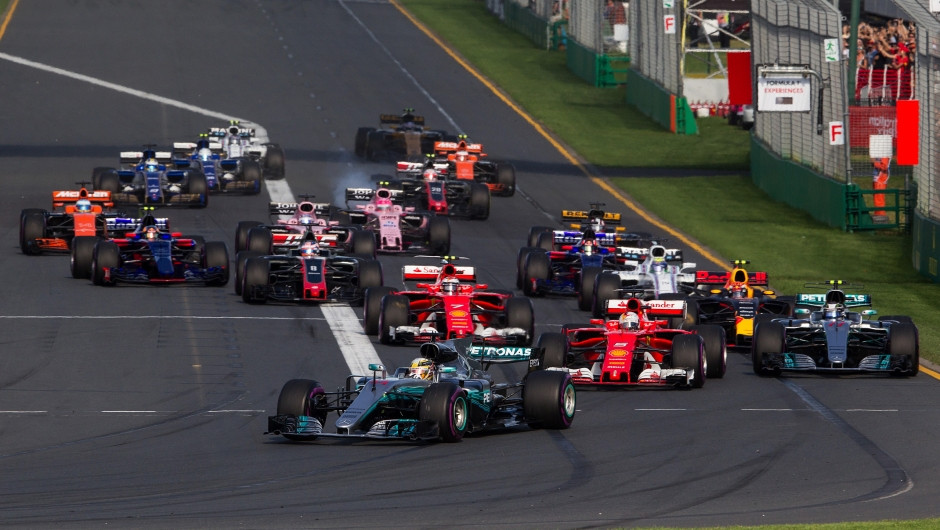
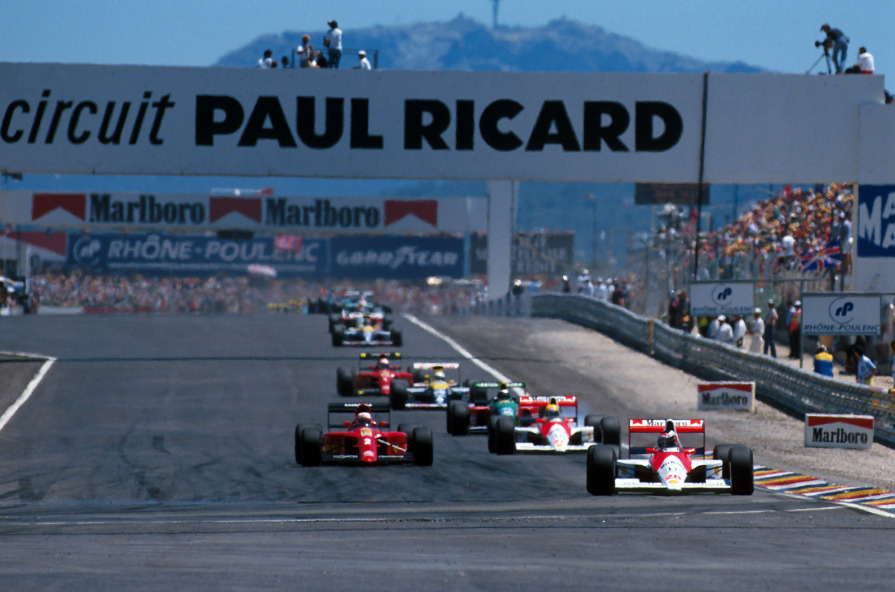
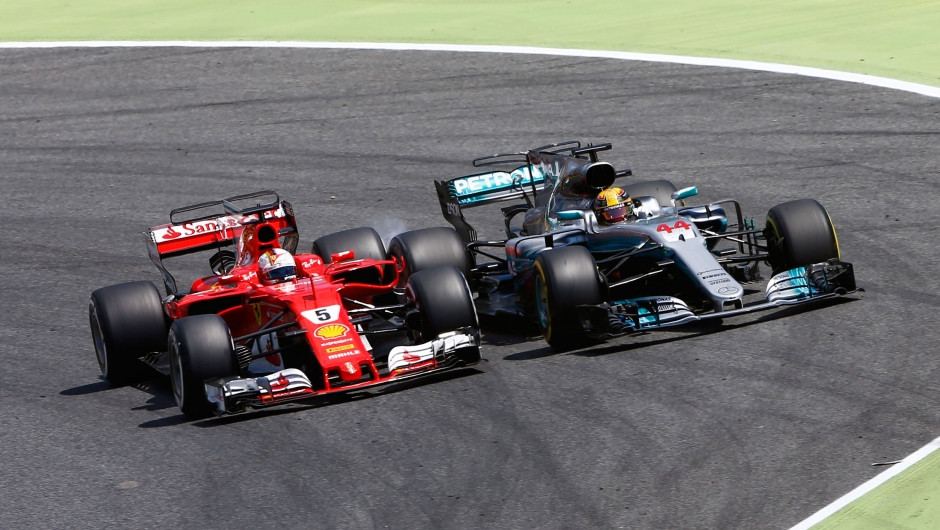
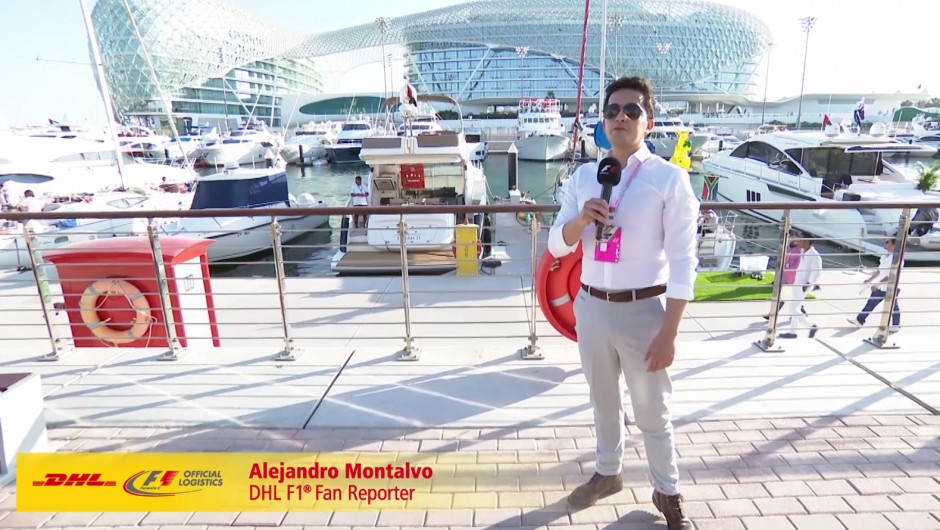
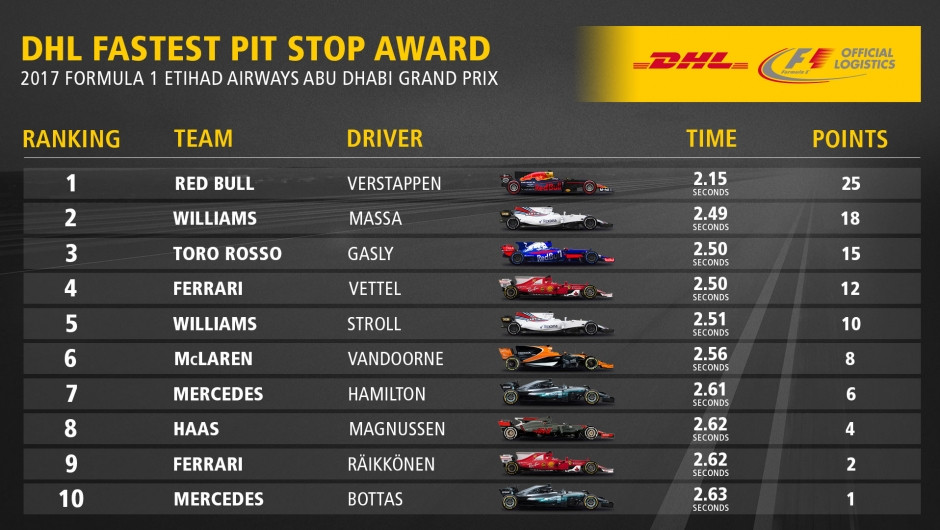

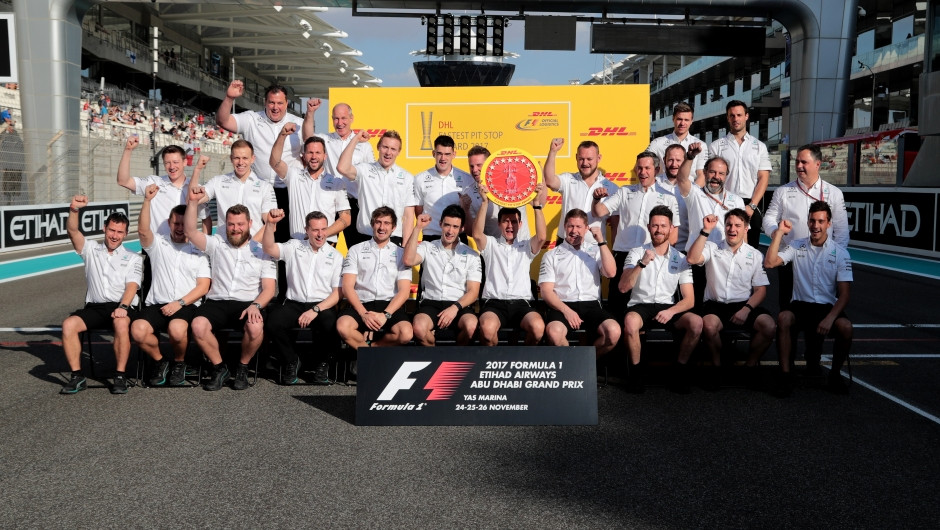
Content from disqus has been blocked because you did not allow to load it.
Loading the blocked content will adjust your privacy setting and content from this service will not be blocked in the future.
You have the right to revoke or change your decision at any time.
Posting Guidelines
All communications on Logistics of Things should be appropriate for a professional community, respecting the diverse views of individuals from different backgrounds. We will review all comments and reserve the right to terminate or restrict access to user's account and to delete any content posted through it, without notice and at our discretion, if we deem it to be overly promotional, offensive, or off topic.
All posting become property of DHL.